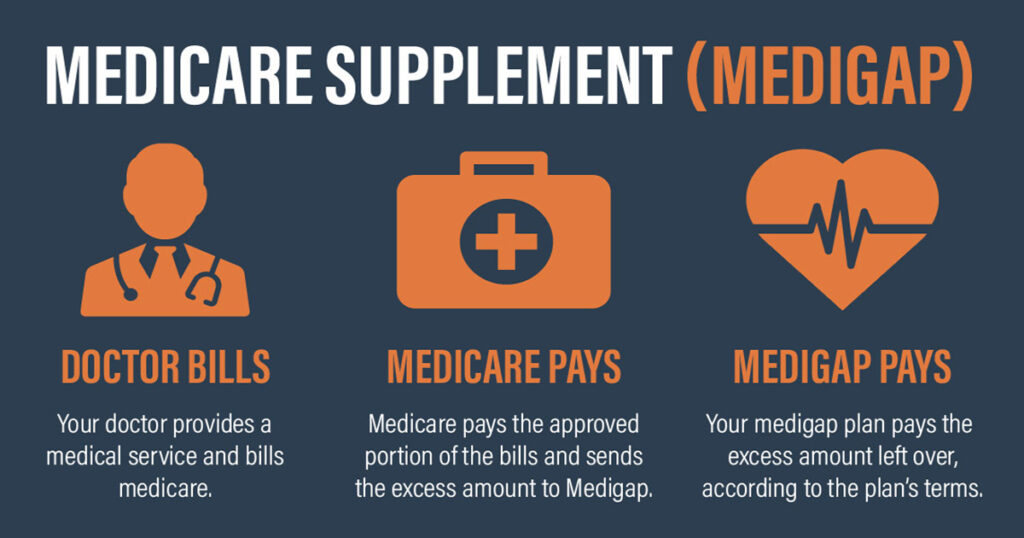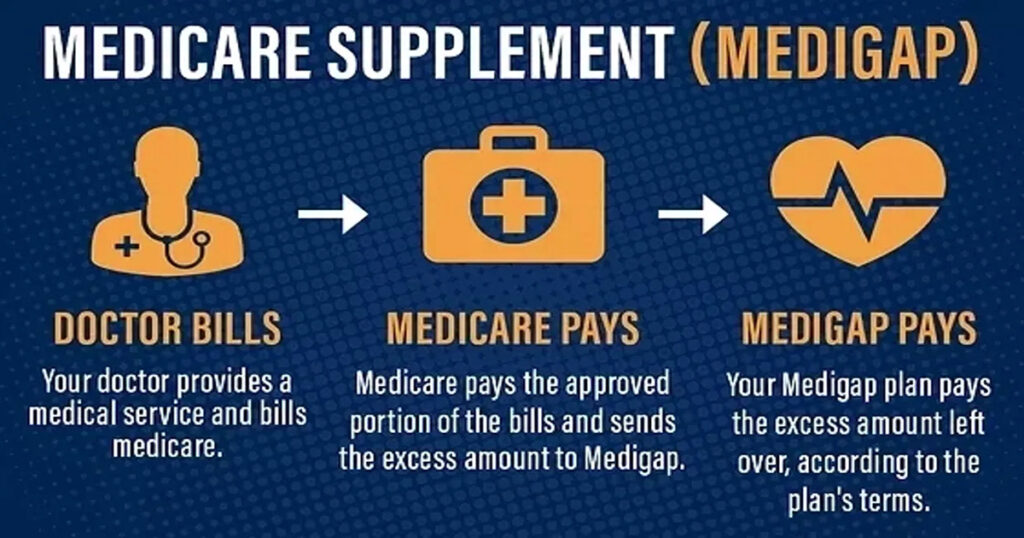Meta Description: Discover the benefits of Medigap insurance, a supplemental coverage option for Medicare beneficiaries. Learn about its coverage options, enrollment process, and how it fills the gaps in Medicare. Read now to make an informed decision about your healthcare needs

Introduction:
Medigap insurance, also known as Medicare Supplement Insurance, plays a crucial role in providing additional coverage to Medicare beneficiaries in the United States. Designed to fill the gaps left by Original Medicare, Medigap policies offer peace of mind and financial protection. In this comprehensive guide, we will explore the details of Medigap insurance, including its coverage options, enrollment process, and the benefits it provides. Read on to discover everything you need to know about Medigap insurance.

Understanding Medigap Insurance: Medigap insurance is a private health insurance policy that works alongside Original Medicare (Medicare Part A and Part B). It is sold by private insurance companies and helps cover the “gaps” in Medicare coverage, such as copayments, deductibles, and coinsurance. Medigap policies are standardized and regulated by both federal and state laws to ensure consistent coverage across different insurance providers.
Medigap Coverage Options: Medigap plans are labeled with letters A, B, C, D, F, G, K, L, M, and N, each offering a different set of standardized benefits. Here’s a brief overview: a. Plan F and Plan G: These plans provide the most comprehensive coverage, including coverage for Medicare Part B excess charges. b. Plan C: Similar to Plan F but does not cover Medicare Part B excess charges (not available for new enrollees after January 1, 2020). c. Plans K and L: These plans have higher cost-sharing but lower monthly premiums. d. Plans A, B, D, M, and N: These plans offer varying degrees of coverage and cost-sharing.
Enrollment Process: To enroll in a Medigap policy, it is important to understand the following points: a. Initial Enrollment Period (IEP): This is the best time to enroll, starting within six months of enrolling in Medicare Part B and being 65 or older. b. Guaranteed Issue Rights: Certain situations provide a “guaranteed issue” right, ensuring you can buy a Medigap policy without being subject to medical underwriting or denial. c. Open Enrollment Period (OEP): This period allows you to switch or purchase a Medigap policy with guaranteed acceptance, typically lasting for six months after you turn 65 and are enrolled in Medicare Part B.
Benefits of Medigap Insurance: Medigap insurance offers several benefits to Medicare beneficiaries, including: a. Coverage for Medicare cost-sharing, such as copayments, deductibles, and coinsurance. b. Flexibility to choose any healthcare provider that accepts Medicare. c. Protection against unexpected medical expenses that can arise from significant healthcare needs. d. Coverage for certain healthcare services when traveling outside the United States. e. Predictable healthcare costs, as Medigap policies can help budget for out-of-pocket expenses.

Conclusion:
Medigap insurance serves as a valuable option for Medicare beneficiaries seeking additional coverage and peace of mind. By understanding the coverage options, enrollment process, and the benefits it provides, you can make informed decisions about your healthcare needs. Whether you opt for comprehensive coverage or a plan with cost-sharing, Medigap insurance can help bridge the gaps left by Original Medicare, ensuring financial protection and access to quality healthcare.





